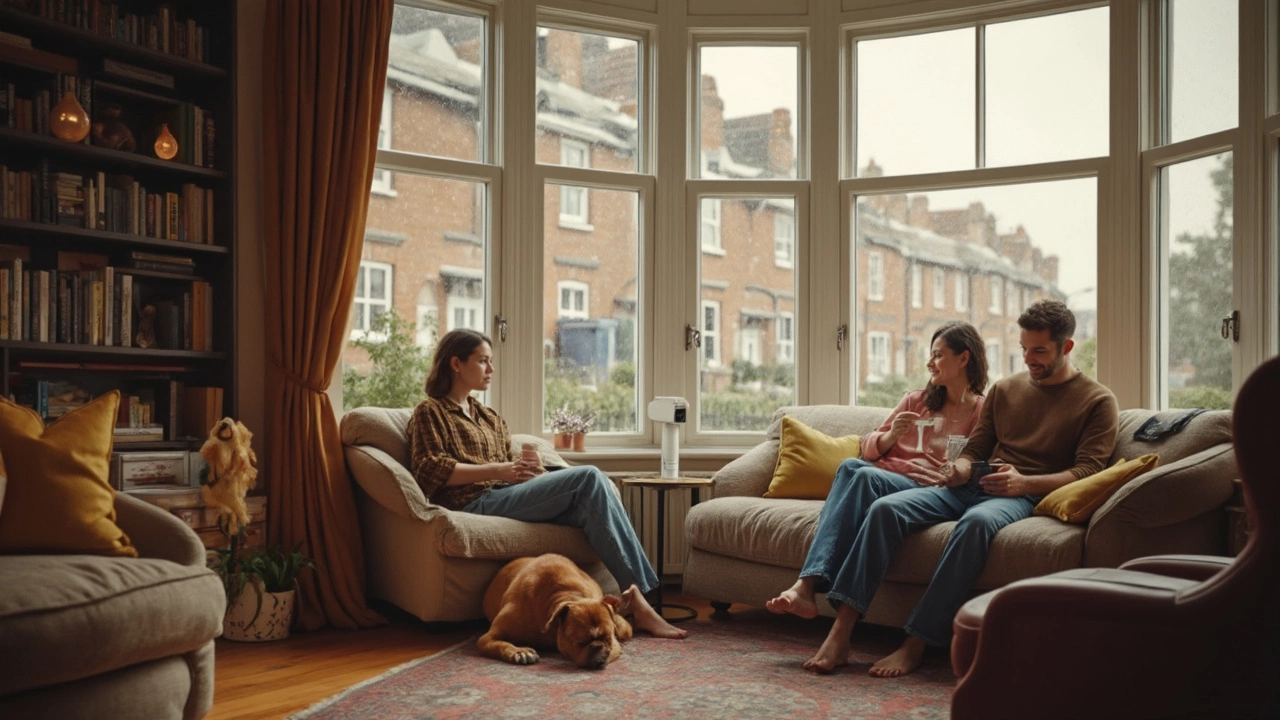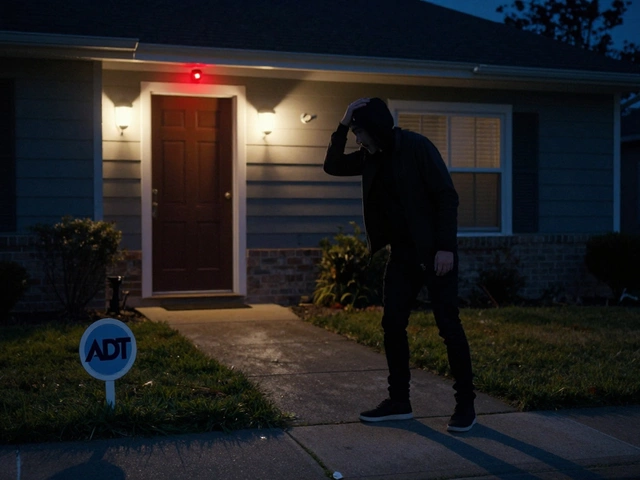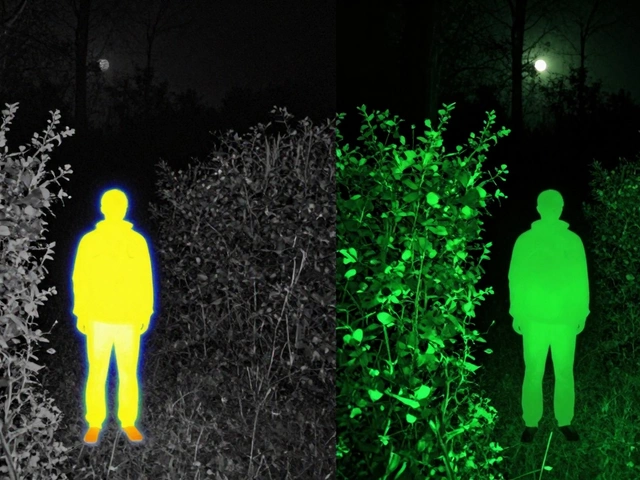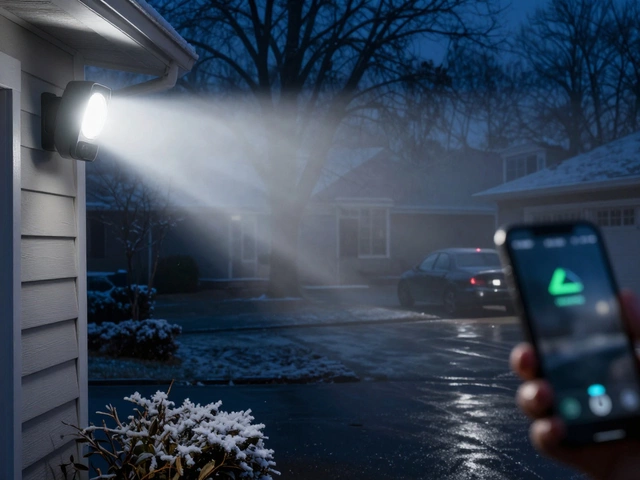Camera Placement: How to Position Your Security Cameras for Maximum Protection
Picking the right spot for a security camera can feel like a puzzle, but it doesn’t have to be. A few common‑sense moves will give you clear footage, cut down on blind spots, and make thieves think twice. Below you’ll find straight‑forward steps you can follow right now, whether you’re setting up a single indoor cam or a whole yard network.
Indoor Camera Placement Basics
Start by identifying the high‑traffic areas inside your home – entry doors, stairwells, living rooms, and any room that houses valuables. Mount a camera at about eye level (around 6‑7 feet) so faces are captured clearly without a lot of ceiling glare. Angle the lens slightly downward; this reduces the chance of bright windows washing out the picture and helps the sensor see people’s shoulders, which aids facial recognition.
Don’t forget the corners. Placing a camera near the intersection of two walls lets it see both hallways at once, cutting down on the total number of units you need. If you have a large open‑plan area, consider a wide‑angle model and position it in the middle of the room, pointing toward the entry points.
Pets can cause false alerts, so keep cameras away from pet doors or feeding stations if you don’t want every snack break logged as motion. A simple trick is to adjust the motion‑sensitivity settings in your camera’s app – lower the sensitivity for areas with regular pet traffic.
Outdoor Camera Placement Essentials
Outside, the goal is to cover doors, windows, driveways, and any spot a burglar might use to hide. Mount cameras 8‑10 feet up on the house or a sturdy pole; this height is out of most reach but still gives a clear view of faces. Use a weather‑proof housing and make sure the lens stays clean – a quick wipe with a soft cloth once a month prevents rain spots from ruining footage.
For front doors, aim the camera to capture the whole door frame and a few feet of the walkway. This way you’ll see who’s approaching and also get a clear record of the door opening. Side doors and back patios often get overlooked, but they’re common entry points. A corner mount that looks down the side of the house can watch both a side door and a nearby window with one camera.
Don’t place cameras directly under bright street lights or where the sun hits them head‑on; glare can blind the sensor. If you can’t avoid it, a small hood or a tilt away from the light source works well. Infrared night vision is great, but make sure the IR LEDs aren’t blocked by foliage – trim trees or bushes that could hide a trespasser.
Finally, think about the field of view. A 90‑degree lens covers a wall nicely, while a 180‑degree fisheye lens can watch a whole driveway from a single point. Test the angle before you screw the mount in place – use the camera’s live view on your phone to walk through the area and see exactly what’s captured.
With these placement tips, you’ll get cleaner video, fewer false alarms, and more peace of mind. Grab your tools, check the angles, and start securing the spots that matter most. Your future self will thank you when the footage shows exactly what happened, no guessing required.






